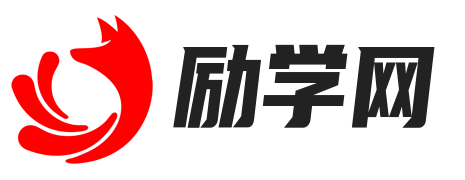【pout】的翻译、意思
时间: 2025-01-03 23:30:20【pout】怎么读
美:[paʊt]
英:[paʊt]
【pout】是什么意思、字义解释
1. n. 撅嘴;生气
2. vt. 撅嘴
3. vi. 撅嘴
【pout】的详细解释
英文单词学*与分析:[pout]
1. 基本定义:
- 字面意思:
“Pout”通常指因生气、失望或不满而撅起嘴唇的表情,或是以这种方式表达情绪。 - 词性:
动词(verb)和名词(noun)。
2. 词源与起源:
-
词源分析:
“Pout”源于古法语“pouter”,意为“鼓起”或“撅起”,其词根与喉音的“呼出”有关。 -
历史背景:
该词首次记录使用的时间可以追溯到15世纪,用于描述人们因情绪而做出的面部表情。 -
课本:
在*的教材中,可能出现在中学英语课程中,尤其是涉及情感表达的单元。在牛津和美国的教材中,适合于初中及高中阶段,特别是在学形容词和动词时。
3. 使用场景:
-
正式与非正式语境:
- 正式:在心理学或情感表达的讨论中可以使用如:“He tends to pout when he doesn't get his way.”(“当他无法如愿时,他往往会撅嘴。”)
- 非正式:在日常交流中常用于描述孩子的情绪,如:“The toddler pouted when he was told to go to bed.”(“小孩被告知要睡觉时撅起了嘴。”)
-
特殊场合:
在艺术作品中,尤其是描绘情绪的绘画或文学作品中,可能会用到“pout”来形容角色的表情:“Her pout was captured beautifully in the painting.”(“她的撅嘴表情在画中被完美捕捉。”)
4. 示例句子:
-
She pouted when she didn’t get the toy she wanted.
她在没有得到想要的玩具时撅嘴了。 -
He has a habit of pouting when he feels ignored.
他有被忽视时撅嘴的*惯。 -
The child pouted loudly, demanding attention from his parents.
孩子大声撅嘴,要求父母的关注。 -
“Stop pouting and tell me what’s wrong,” she said.
“别撅嘴了,告诉我发生了什么事。”她说。 -
In the painting, the woman's pout conveyed her deep disappointment.
在那幅画中,女人的撅嘴传达了她的深深失望。
*. He tried to hide his pout behind a smile.
他试图用微笑掩盖自己的撅嘴。
- The actor's pout made the character seem more dramatic.
演员的撅嘴让角色显得更具戏剧性。
5. 同义词与反义词:
-
同义词:
- Sulk:指因不满而显得阴郁,不同于“pout”的是,sulk更强调内心的不满而非外在的表情。
- Frown:表示皱眉,不同于“pout”的嘴部动作,frown更多的是面部肌肉的紧张。
-
反义词:
- Smile:表示微笑,与“pout”的情绪相对,传达的是快乐与满足。
- Laugh:表示大笑,反映的是极度的开心,与撅嘴的情绪形成鲜明对比。
. 学方法:
- 音标记忆法:
通过音标/paʊt/,可以联想“pout”发音类似于“pouty”(撅嘴的),帮助记忆。
7. 关联词汇:
- 常用搭配:
- Pouty lips(撅嘴的嘴唇)
- Pout in anger(生气时撅嘴)
- Pouty face(撅嘴的脸)
通过以上分析,用户可以全面理解“pout”这个单词的含义、用法及其在不同场合下的适用性。
【pout】例句
1、[V-I] If someone pouts, they stick out their lips, usually in order to show that they are annoyed or to make themselves sexually attractive. 撅嘴
例:Like one of the kids, he whined and pouted when he did not get what he wanted.他若没有得到他想要的,就会像孩子一般又是哼唧又是撅嘴。
2、[N-COUNT] Pout is also a noun. 撅嘴
例:She shot me a reproachful pout.她作责备状地冲我噘了个嘴。
